Log in or create new account to save this product to your wishlist.
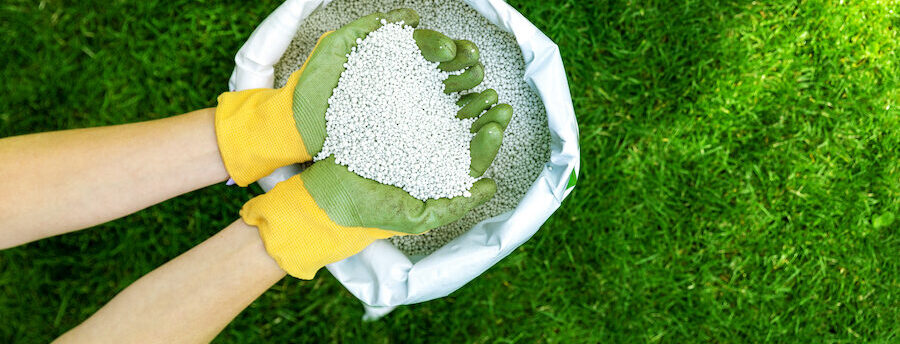
The Ultimate Guide to Fertilising your Lawn
This article is all about the art of fertilising your lawn. We’ll explain how much to use, how regularly, which fertilisers to use, and what you can expect from well-fed grass plants.
🌱 All important maintenance moments for your lawn during the year. Leave your email and we will send you the lawn calendar for free.
Enter your email
Receive the lawn calendar in the mail
Enjoy a green lawn all year round!

- Order by 2PM = shipped today
- 250.000+ satisfied customers!
- 60 day satisfaction guarantee
A healthy lawn starts with a vital soil having the right structure as essential nutrients are extracted from it. Fertilising your lawn is crucial to promote growth.
- What are fertilisers?
- Why fertilise your lawn?
- 4 Reasons to fertilise your lawn
- When and how often should you fertilise your lawn?
- Types of fertilisers
- Organic fertiliser vs. artificial fertiliser
- Mulching as natural fertilisation
- What do you need to fertilise your lawn?
- Fertilising the lawn in 5 simple steps
- 3 Golden tips for fertilisation
- FAQ’s
What are fertilisers?
A fertiliser is a natural or synthetic material that you apply to your soil to supply nutrients.
Most modern fertilisers are a mix of compounds that provide a range of nutrients, including:
- Nitrogen (N)
- Phosphorus (P)
- Potassium (K)
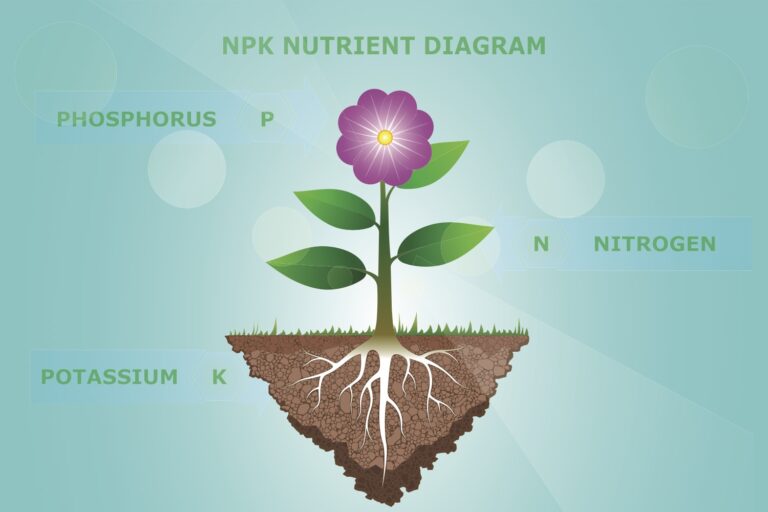
Fertilisers help return the nutrient balance to your soil, but they can also act as soil improvers – lightening heavy soils to improve drainage and helping sandy soils to retain more moisture.
Fertilisers traditionally came from organic sources. That’s poo, in short.
Why fertilise your lawn?
The grass plant extracts minerals (nutrients) from the soil and produces sugars using light, carbon dioxide, and water through photosynthesis. It’s crucial that these minerals are present in the soil. Unfortunately, this isn’t always the case with a lawn. The grass consumes these nutrients throughout the year for growth. During the photosynthesis process, the grass plant stores sugars in the leaves.
When you mow the lawn, you remove the leaves. If you dispose of the clippings instead of mulching, you take away the sugars, forcing the grass plant to extract minerals from the soil to restart the process. This depletes the soil. By fertilising, you replenish the soil with the essential nutrients your lawn needs to thrive.
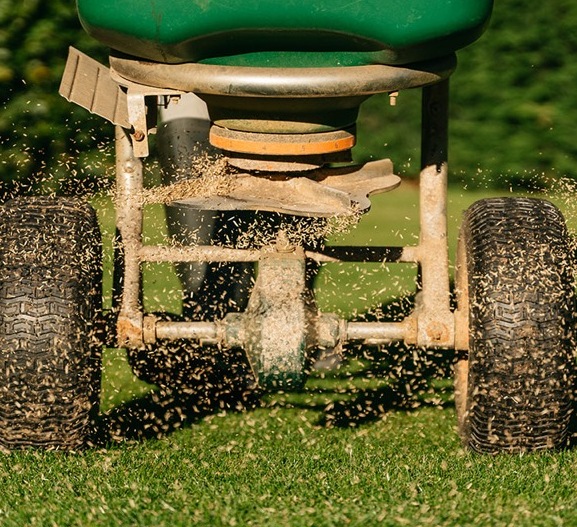
4 Reasons to fertilise your lawn
There are several compelling reasons to fertilise your lawn. Let’s outline the four main reasons for you.
1. Fertilising your lawn to overcome the vicious circle
The essence of regular fertilising stems from a cyclical process. Regularly mowing the grass, although intended to keep the lawn looking neat and stimulate photosynthesis, removes a significant portion of stored nutrients. To provide the grass with the necessary nutrients, an optimal soil foundation is essential, achievable through fertilisation. Without fertilisation, the soil would gradually become poorer.
2. Fertilising your lawn to promote recovery
A second reason to fertilise the lawn regularly is the recovery process after intensive use. Grass, being a plant, needs to recover from damage caused by intensive use. By applying suitable fertilisers, the grass can recover faster, resulting in a healthy and robust lawn that is more resistant to intensive use.
3. Fertilising your lawn against diseases and discolouration
Fertilisation enhances the grass’s resistance. A healthy soil is less susceptible to diseases and pests. The lawn also becomes less vulnerable to extreme conditions, such as the increasing drought in the summer months.
4. Fertilising your lawn for aesthetics
Many people consider a lawn beautiful when it has a neat, full, and even appearance. Bare spots and weeds are often seen as unattractive. Fertilisation, as a growth stimulant, can help create a strong root structure, reducing the chances of weeds and moss.
Fertilising is crucial as necessary support for the soil, as the lawn extracts all its essential nutrients from the soil. When these nutrients are lacking, it directly impacts the development of the grass, with needs varying depending on the year and specific circumstances.
When and how often should you fertilise your lawn?
It is advisable to fertilise your lawn at least twice a year, in spring and autumn. However, we recommend fertilising the lawn 3 to 4 times a year: in spring, early summer, possibly late summer, and one more time before winter.
Each fertilisation serves a different purpose.
With spring fertilisation, you awaken the lawn from its winter slumber and give growth a boost.
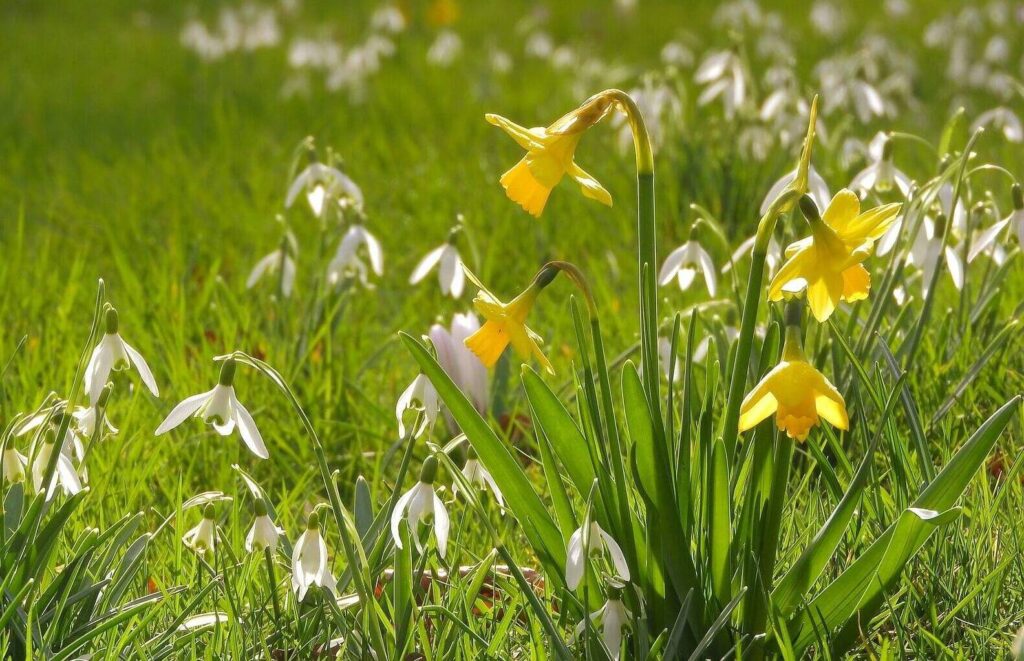
A summer fertilisation is best done in mid-June, about 10 to 12 weeks after spring fertilisation. This fertilisation ensures that the grass remains beautiful despite dry periods and intensive use.
With autumn fertilisation, you prepare your lawn for the cold winter. Do this around mid-September when the first signs of rain appear. Skipping this fertilisation results in a weaker lawn entering winter every year.
With winter fertilisation (three months after autumn fertilisation, before the frost period), you administer supplements to give the lawn an advantage in the battle against moss, diseases, and fungi.
The difference in various fertilisers lies in the composition, mainly in the NPK ratio. The lawn has different needs each season.
Types of fertilisers
There are various types of fertilisers available, each suitable for specific moments or occasions. Here, we highlight some for you.
Spring fertiliser
A spring fertiliser promotes rapid and healthy growth, sturdy roots, and improved resistance. This helps restore the lawn after the winter months.
Summer fertiliser
A summer fertiliser protects your lawn from heat and curbs excessive growth, reducing the need for frequent mowing.
Autumn fertiliser
Lawns endure a lot—sun, playing children, pets, and events. With an autumn fertiliser, you give your lawn the extra support it needs to recover and prepare for the winter.
Winter fertiliser
A fertiliser with iron sulphate can be considered a winter treatment, applied at both the beginning and end of winter. It rapidly and safely displaces moss, aids lawn recovery post-winter, and imparts a colour boost to your turf, resulting in a beautiful, deep green hue.
Fertiliser for a new lawn
If you’ve laid a new lawn, you need a fertiliser that promotes the development of young grass plants and ensures a strong foundation for the lawn.
-
Spring Boost Lawn Fertiliser
 Delivered tomorrow11.99
Delivered tomorrow11.99- Order by 2PM = shipped today
- 250.000+ satisfied customers!
- 60 day satisfaction guarantee
-
TopLong Lasting Lawn Fertiliser
 Delivered tomorrow12.99
Delivered tomorrow12.99- Order by 2PM = shipped today
- 250.000+ satisfied customers!
- 60 day satisfaction guarantee
-
All-Round Lawn Fertiliser
 Delivered tomorrow11.99
Delivered tomorrow11.99- Order by 2PM = shipped today
- 250.000+ satisfied customers!
- 60 day satisfaction guarantee
Organic fertiliser vs. artificial fertiliser
An alternative choice for fertilisation is the use of organic fertilisers. Organic fertilisers contribute to improving soil structure, not only by adding essential nutrients but also by enhancing overall soil quality.
It’s important to note that organic fertilisers work more slowly than chemical fertilisers, requiring a bit of patience. In contrast to organic fertilisers, chemical fertilisers are synthetically manufactured and provide a quick growth boost to plants. However, the effect is shorter-lived, necessitating more frequent application compared to organic fertilisers.
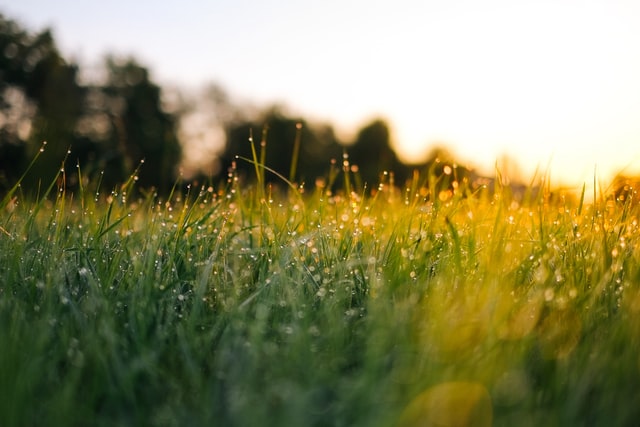
Mulching as natural fertilisation
Mulching can be seen as a natural (organic) method of fertilisation where nutrients return to the soil. The mown grass must first be shredded to make it re-absorbable for the soil. This can be done with a special lawnmower or even with the assistance of a robotic lawnmower, which leaves the shredded grass on the lawn.
A drawback of mulching, however, is that it can lead to the formation of a thatch layer on the lawn. This is because not all dispersed substances are fully broken down, leaving dead organic materials in the grass. As a result, it’s necessary to scarify the lawn regularly and in a timely manner.
What do you need to fertilise your lawn?
With this checklist, you won’t forget a thing.
- Lawnmower
- Weighing scales
- Fertiliser
- Spreader or hand spreader
- Garden hose
Fertilising the lawn in 5 simple steps
Time to get started! Follow our step-by-step guide for the best results.
Step #1: Choose the right moment
Before applying the fertiliser, ensure that the grass is dry, preferably in the late afternoon.
Step #2: Preparation
Remove leaves and twigs from the lawn, and mow the grass.
Step #3: Calculate the required amount
Weigh the correct amount. Multiply the lawn’s square meterage by 25 grams, and you’ll know how much fertiliser you need.
Step #4: Distribute the fertiliser
Divide the fertiliser into two equal parts. Spread part 1 lengthwise and part 2 widthwise.
Step #5: Watering time!
Moisten the soil to activate the fertiliser. Use a gentle stream to prevent the granules from shifting.
3 Golden tips for fertilisation
Before we wrap things up, we’d like to share three valuable tips with you.
Tip #1: Don’t use too much fertiliser
Adding more fertiliser doesn’t automatically mean providing more nutrients.
Tip #2: Never refill the spreader on the grass
Refilling the fertiliser spreader on the grass can lead to spills or over-fertilisation in certain areas, increasing the risk of burning your lawn.
Tip #3: Delay mowing
Wait 3 to 4 days after fertilising before your next mowing session.
FAQ’s
Granular feeds offer slow-release fertilisation for your lawn, meaning you don’t need to feed as often. Liquid feeds are faster acting but need a more regular application for sustained results.
Feed your lawn with a high-quality lawn feed at least twice-a-year. Once in the spring, then again in the autumn. For optimal results, also feed mid-summer and again before the first frost.
If you want a healthy, weed- and disease-resistant lawn, you need to fertilise the soil. Unfertilised grass becomes patchy, full of weeds and moss, and is prone to disease.
A high-quality weed-and-feed can benefit the resilience of your lawn. If you use a weed-killer fertiliser mix, ensure you overseed the patches left behind by the dead weeds to prevent them from growing back.
Ready to start feeding your lawn? Or do you have more questions?
With these insights, we hope you are now equipped with the necessary knowledge to make your lawn flourish. If you want to learn more about lawn maintenance or gather garden tips, you’ve come to the right place!
We love hearing from you, so just ask if you want more advice or suggestions for an amazing lawn.
Happy gardening!
-
Volcanic Rock Dust for Your Garden—Application and TipsDid you know that volcanic rock dust is a brilliant organic soil improver? This article explains exactly what it's good for and how to use it properly.Read more
-
Plant Feed: When, Why, & Which Fertiliser to UseFertiliser comes in different shapes and sizes—not to mention with various nutritional values. Picking the right feed for your plant is consequently quite the process. Find out what you need to look out for.Read more
-
Lawn Edges: Cutting, Mowing & Maintenance TipsFind out why maintaining lawn edges is important. How to cut and mow them. Check out our handy tips for the perfect lawn edging maintenance.Read more
-
The Ultimate Guide to Fertilising Hedges: Top Tips for Thriving PlantsYou[re missing a trick if you're not fertilising your hedges. Find out how to feed your hedge plants and when for excellent results you'll be proud of!Read more
-
Fertilising plants: a guide for gardenersProviding the right level of nutrients for your garden plants is a bit of an art form. Find out how and when to feed your garden plants for the best results.Read more
-
Organic fertiliser for your garden: what is it and how to use itWhat's the difference between organic and synthetic fertiliser? And which is best? Or do they complement each other?Read more
-
Everything You Need to Know About Lawn SandingLawn sanding can help compacted soil take in more nutrients. Find out how and why you should add lawn sand for spectacular results to all lawns.Read more
-
How to Restore An Over-Fertilised Lawn: A Step-by-Step GuideProbably the least-acknowedged cause of yellowing grass! Too much of a good thing is bad! Find out if you're over-fertilising your lawn.Read more
Leave a comment
Your answer will be displayed on the site and the interested party will be notified by email.
Leave a comment
Have a question or want to share your experience? Leave us a comment.

- Order by 2PM = shipped today
- 250.000+ satisfied customers!
- 60 day satisfaction guarantee

- Order by 2PM = shipped today
- 250.000+ satisfied customers!
- 60 day satisfaction guarantee

- Order by 2PM = shipped today
- 250.000+ satisfied customers!
- 60 day satisfaction guarantee

🌱 All important maintenance moments for your lawn during the year. Leave your email and we will send you the lawn calendar for free.
Enter your email
Receive the lawn calendar in the mail
Enjoy a green lawn all year round!



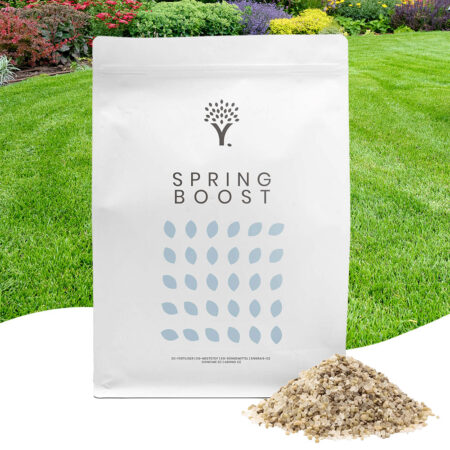
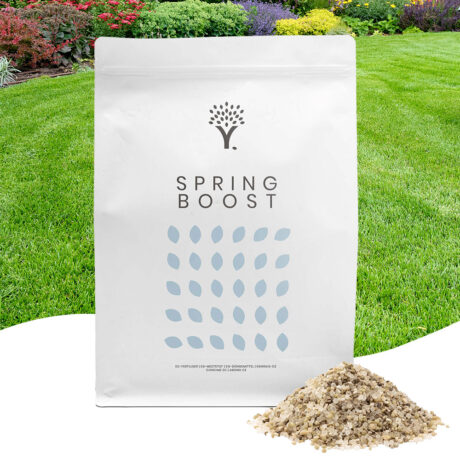

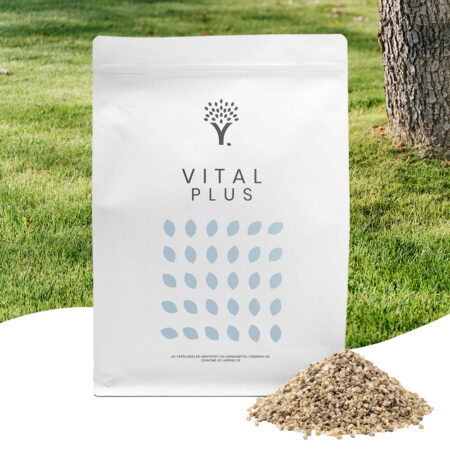
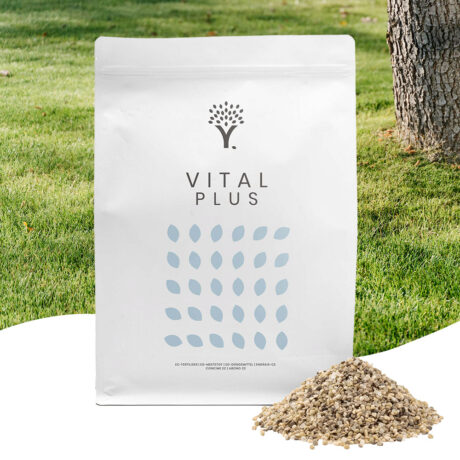



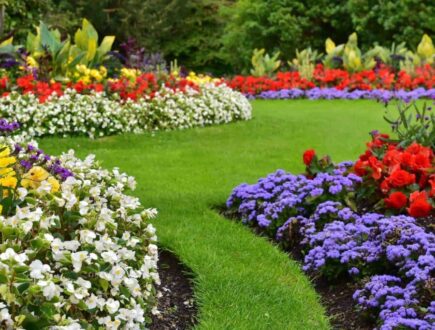
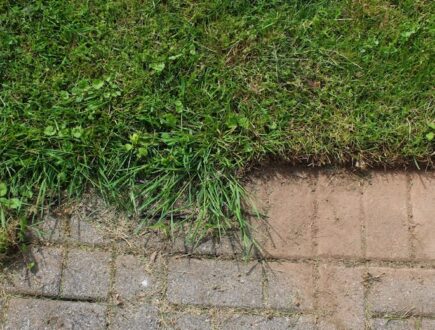
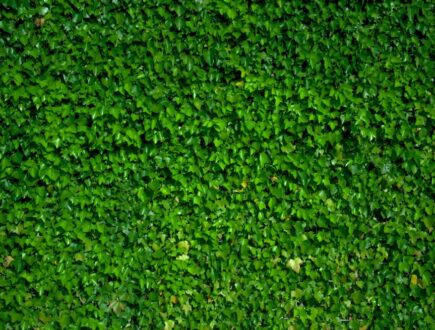
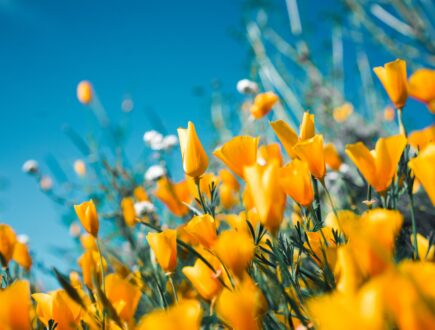
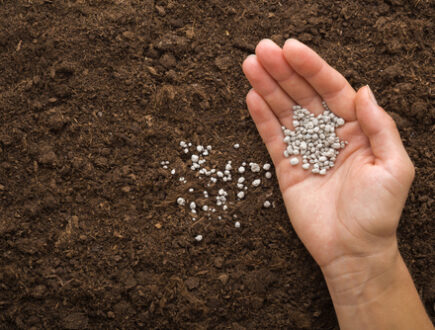
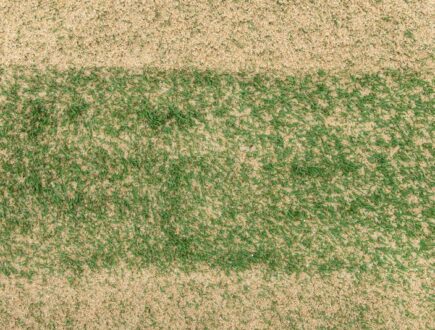
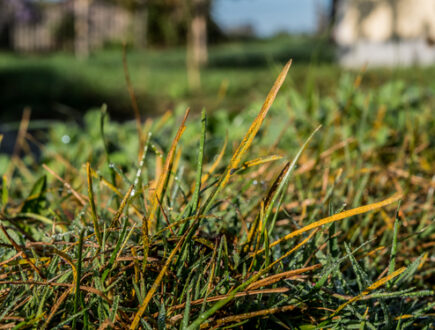







Comments (0)
There are no comments yet. Well then, what are you waiting for to
Be the first to write your comment!inaugurate this pretty page?
Do you have some comments?